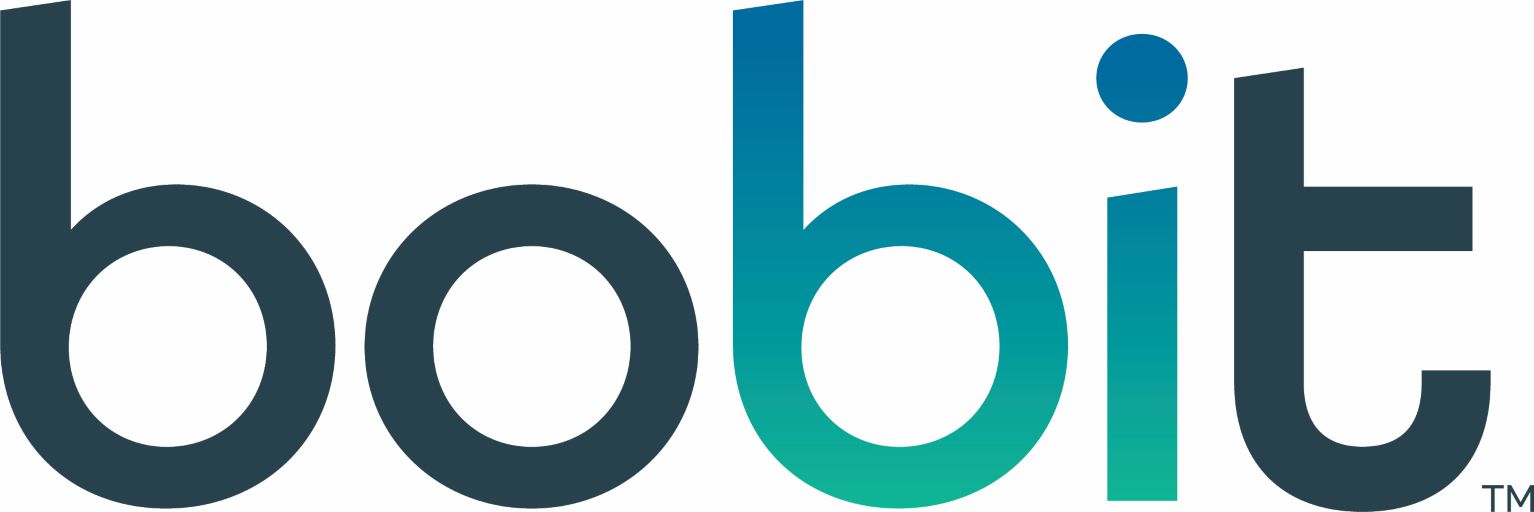In today’s marketplace, growth marketers seek to increase revenue and sales by gaining market share and generating leads. Lead generation has clearly evolved as the cornerstone of short-term business growth. However, while the priority of lead generation is critical, we’ve witnessed an interesting shift among more experienced marketers. This group tends to be less interested in lead generation and conversion as key objectives and are leaning into demand generation. Why?
The shift hints at a desire to solidify existing market position to signal stability rather than prioritize lead volume growth. B2B client relationships don’t end once a client has completed the sales funnel. Creating demand among similar clients and other prospects lets you capture new and existing audiences while you continue to build brand awareness, recognition, and interest in your products and services.
What is Demand Generation?
Just as a gardener plants seeds and nurtures them to grow into plants over time, demand generation creates awareness, interest, and desire for your products or services. It’s about cultivating interest and building relationships among high-value market segments until they are actively ready to purchase. Like tending to a garden, demand generation requires patience and consistent effort to yield a bountiful harvest.
Demand Generation Success
Demand generation success relies on making relevant content available, at various stages of the buying cycle, that uncover and solve unique challenges or pain points for your target audience. Deploying a multimedia and channel approach allows you to both elevate your brand positioning and generate qualified leads to fill your sales pipeline.
With an effective demand generation strategy in place, potential customers can research information about your solution on their own, digest it at their own pace, and engage with you as they see fit.
Demand generation creates ongoing education and awareness among high-intent leads that engage them until they are ready to purchase.
Demand generation focuses on sharing information, creating awareness, and positioning your brand as a thought leader. Demand gen tactics are primarily digital and focus heavily on content marketing including:
- Blog posts, videos, infographics, case studies, etc.
- Social media posts and engagement
- Targeted display and banner advertisements
93% of B2B companies report content marketing generates more leads than traditional marketing strategies. (Marketo)
Not All Leads Are Created Equal
As we pull back the layers on demand generation, it’s important to remember that not all leads are created equal. Each contact represents a unique opportunity, but understanding the distinctions between various types of leads is essential for effective targeting and conversion. From gathering customer information to identifying those ready to make a purchase, here is a quick glimpse of the types of leads that can be generated.
- Contact information – Customer information for your database, not yet qualified.
- Marketing qualified leads – These leads fit your ideal customer profile (ICP) and are likely the best target for your demand gen efforts.
- Sales Qualified Leads – These leads are in the purchasing/decision-making stage of their journey.
Launching An Effective Demand Generation Campaign
The goal of any demand generation campaign is to generate qualified leads to continue to nurture and push through your sales funnel. Consider these steps in developing a successful campaign:
Define Goals and Choose Metrics
A boost in brand awareness is a major win, however, that’s not the only goal to aim for. Consider setting targets to:
- Increase online engagement.
- Boost your marketing-qualified leads.
- Speed up prospect-to-lead conversions.
- Improve the quality of your leads.
- Net higher-value leads
Identify Your Target Audience
Once you’ve identified what you want to achieve and how to measure your campaign performance, it’s time to understand who to target for your campaign.
User intent data is extremely handy in helping understand what your target audience looks like and how they behave. While 45% of B2B marketers say that they find it hard to pinpoint their target audience, 53% agree that intent data helps them to define their ideal buyer persona better.
Track, Measure & Learn
Regularly track the performance of each demand gen campaign to make sure it’s on course to reach your goals.
This will help you to identify any campaigns that aren’t working so you avoid wasting time, money, and resources. You can either try to tweak these demand generation strategies with the view of improving their performance or scrap them altogether and reallocate the resources.
Tracking your campaigns will also help you to see which tactics are generating demand most effectively, so you can double down on these strategies. Design future campaigns based on the tactics that work best.
Bobit Can Help Develop Your Fleet Demand Generation Strategy
Fleet and Transportation Industry suppliers have no shortage of options when it comes to building brand awareness and generating leads. But in an ever-expanding universe of options, it’s critical to focus on the fundamentals of getting your message in front of the right buyers at the right point in the buyer cycle.
Bobit makes it easy by offering the access, influence, and expertise marketers need to ensure their campaigns achieve the impact they desire.
- Access – Networked to more than 120,000 industry decision-makers across all vehicle classes and vocations.
- Influence – Earned by associating your brand with our trusted, award-winning media titles in the Fleet, Trucking, and Transportation industries.
- Expertise – 100% focused on targeting, engaging, and converting fleet, trucking, and transportation professionals.
Learn More About Our Lead and Demand Gen Solutions
By Marcia Perry, Marketing Manager-Bobit
*2024 Outlook and Trends: Supply Chain Marketing Survey
**2021 B2B Marketer’s State of Intent Data




